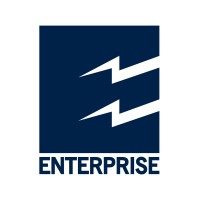
Enterprise Products
Enterprise Products is one of North America's leading providers of midstream energy services. Exciting new growth areas, developing markets, and innovative ways to help move energy are some of the reasons why today's energy professionals are discovering rewarding opportunities with Enterprise Products. Finding the right people to drive our success is a critical step, and we have created an organization rich in energy-related opportunities. In addition to a competitive compensation package, Enterprise Products provides a comprehensive benefit package that provides our employees with the flexibility to make elections based on their personal and family needs. If you are a highly motivated achiever with a passion for success, we invite you to apply today to one of our open positions. Visit us at www.EnterpriseProducts.com to get more information about career opportunities, benefits, application and resume submission, recruiting events, and much more.






